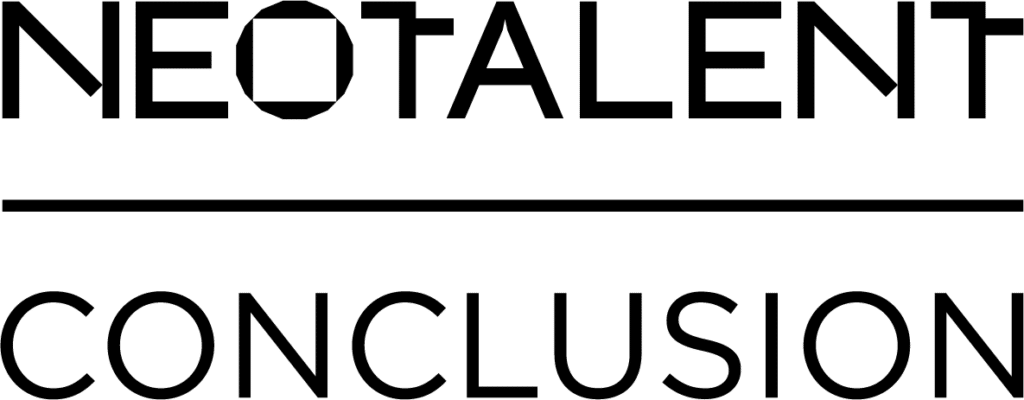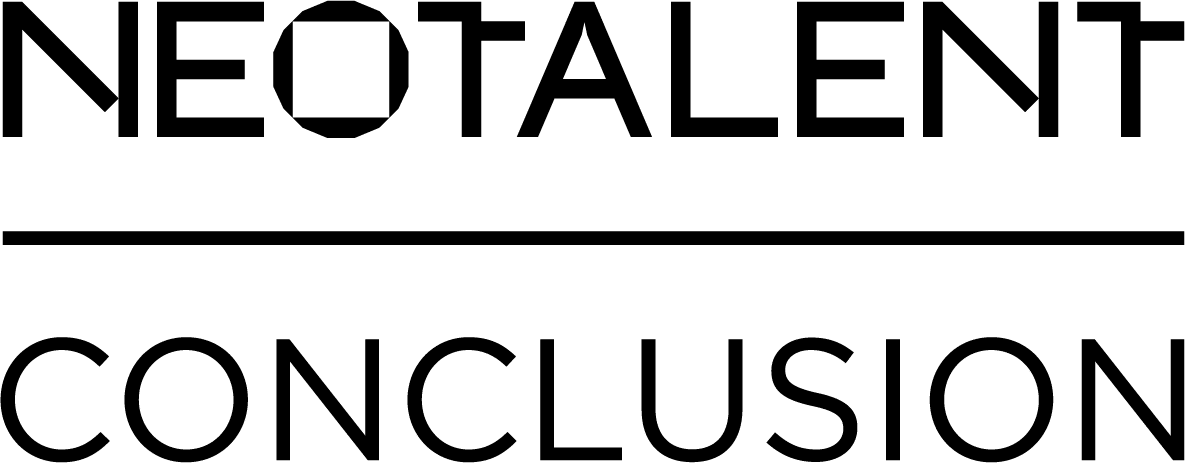Artificial Intelligence (AI) has revolutionized various sectors, and the recruitment field is no exception. Candidates and recruiters alike are adopting AI tools to optimize their results: the former to improve and maximize their chances of securing a job; the latter to streamline and enhance their selection processes. This trend suggests increasing optimization, yet subject to a sort of natural balance between employers and potential employees—after all, it is a tool accessible to everyone.
However, the use of AI raises questions about the authenticity and effectiveness of applications, as well as the hiring processes themselves. Today, we ask: Is using AI truly the best way for candidates to maximize their professional opportunities?
The Authenticity Dilemma
Thanks to AI, it is now possible to optimize your CV by adding keywords that match a specific job offer, rewriting it using the most appropriate technical terminology for a given sector, or even generating a personalized cover letter for a particular company.
In these cases, the increasing use of AI in content creation is creating a paradox: while technology enables the refinement of various types of content, its widespread use may also lead to a tendency to reject artificially enhanced applications. When we refer to artificially, we are not necessarily implying falsification but rather the maximization of certain traits that seem to increase the chances of success.
Some recruiters are already paying attention to detecting content generated or edited using AI, as such applications may lack authenticity or present a level of optimization that does not truly reflect the candidate’s actual abilities. If all candidates begin presenting highly polished, structured, and optimized CVs thanks to AI, how will recruiters differentiate genuinely valuable profiles from those that have been “manufactured” using technology?
There are certainly advantages to this approach, such as greater standardization of the type of information provided and its formatting, which can make it simpler and easier to interpret—especially for tools that use Machine Learning and AI to analyze and match CVs to job vacancies. However, this could also limit the differentiating potential of applications, creating a set of standardized and “optimized” CVs that, in the end, lack significant distinguishing factors.
This phenomenon could, on the contrary, lead to a renewed appreciation for human, imperfect, and handcrafted applications. Given the saturation of AI-generated content, a trend may emerge in which CVs with more spontaneous structure and wording are interpreted as signs of authenticity and transparency. Additionally, as AI-generated and human-created content become increasingly intertwined, it may become more difficult to distinguish between them (it wouldn’t be the first time that human-written text is mistaken for AI-generated text or vice versa). This natural imperfection may even be associated with valuable soft skills, such as creativity, imagination, and originality, which could become a competitive advantage.
In a more extreme scenario, this could lead to a shift in what is valued in recruitment processes or even to a movement similar to slow hiring—comparable to what has happened in other industries with the renewed appreciation for handcrafted work as opposed to mass-produced goods. The human, the imperfect, and the authentic could become essential differentiators in a world where AI tends to homogenize job applications.
The ATS Dilemma
Applicant Tracking Systems (ATS) are platforms that allow recruiters to manage large volumes of applications through automated filters based on algorithms. However, these systems are now facing a new challenge: the use of AI in the creation and optimization of applications is putting their effectiveness, interpretative capabilities, and even the validity of their assessments to the test.
To understand this risk, it is essential to grasp how ATS platforms operate. These systems function as advanced databases that collect, analyze, and filter applications based on predefined criteria. Their main features include:
- Keyword filtering: Prioritizing resumes that contain specific terms related to the job posting (technologies, certifications, key competencies).
- Application ranking: Assigning scores based on compatibility with the job description.
- Automated CV screening: Automatically discarding applications that do not meet mandatory requirements.
Since the volume of applications received can be overwhelming, recruiters rely on these tools to manage dozens—or even hundreds—of applications coming from various sources, including job portals, automated forms on corporate websites, LinkedIn applications, unsolicited emails, and referral programs such as Refer a Talent by Neotalent Conclusion.
The proliferation of AI tools allows candidates not only to maximize the number of applications they submit but also to optimize their resumes to “bypass” ATS filters. Techniques such as inserting keywords and specific terms can transform a resume into a highly compatible document, increasing the chances of being selected.
Beyond this, some AI systems may generate “fraudulent” information or insert text that is not visible in the written content of the CV (but can be read by data recognition software in PDF, Word, or other formats through their metadata). The way ATS platforms themselves interpret this information and associate it with job openings or opportunities is not always clear.
At first glance, this may seem like an advantageous strategy for candidates. However, there is a side effect: by overwhelming systems with artificially optimized resumes, ATS platforms lose their ability to accurately and rigorously filter talent. As a consequence, recruiters end up dealing with a higher volume of irrelevant CVs, making the selection process slower and increasing the risk of overlooking truly qualified candidates amidst the flood of applications.
The skepticism towards what seems “too perfect” has already been discussed earlier, but it is not the only reaction to AI’s intrusion into selection processes. Reference checks, in-person practical tests, and more in-depth interviews are some of the strategies that may be adopted to counterbalance this scenario.
Ultimately, the trend is that the use of these types of tools and platforms, without truly understanding the mechanisms on which they operate, leads to more information but not necessarily better information. This could result in a counterproductive effect of generating more data without creating additional value, making the process even more bureaucratic, time-consuming, and with lower predictive accuracy.
Regulation and Compliance
The use of AI in recruitment processes is increasingly regulated due to its ethical and legal implications. In the European Union, a significant milestone was the entry into force of the AI Act in August 2024, establishing strict guidelines for the use of AI in decisions that directly impact individuals, such as hiring and performance evaluations.
According to the AI Literacy whitepaper from the Conclusion Group, the AI Act requires organizations to ensure that their employees are “AI literate.” This means they must understand not only the benefits of AI but also its risks and limitations, especially when used in automated decision-making processes.
In recruitment, this translates into:
- Classification of AI in recruitment as “high risk”: This means that tools used for candidate selection must follow strict standards for transparency, auditing, and fairness.
- Mandatory AI literacy (Article 4): Professionals using AI in recruitment must demonstrate an understanding of its impact, avoiding blind reliance on algorithms without recognizing their biases or potential errors.
- Transparency and auditability: Companies must be able to explain how their AI systems operate in selection processes.
- Mandatory human oversight: It must be ensured that critical hiring decisions always involve human intervention.
What are the consequences for companies? Organizations that fail to comply with these requirements may face financial penalties and be forced to modify their recruitment processes. Additionally, the increasing regulation surrounding AI in hiring could accelerate a shift towards hybrid selection models, where technology complements but never fully replaces human decision-making.
And what does this mean for candidates? For candidates, these regulations may bring greater clarity and fairness to selection processes, ensuring that their applications are not arbitrarily rejected by automated systems without the possibility of appeal or review.
Where is Talent Adquisition Heading?
Between regulations, skepticism, and technological dilemmas, we can anticipate some trends or reactions that may emerge to balance this interaction between AI and recruitment.
One of them could be the return to manual CV screening: the flooding generated by AI tools has already led some companies to prioritize more personalized processes to identify candidates who are more relevant and have profiles that better align with their needs.
Regarding the qualification process conducted by human resources professionals, the apparent “ease” of interpreting or classifying the real value of talent through AI tools may create in them a “false sense of security” in their ability to correctly evaluate candidates. This may lead to an increased need for training in this new type of technology, as well as a shift in how AI is used—as a booster of existing tools and methodologies rather than a replacement for a recruiter’s own vision and interpretation of each candidate.
En cuanto a la evaluación por parte de los profesionales de recursos humanos, la aparente “facilidad” para interpretar o clasificar el valor real de los talentos a través de herramientas de IA podría generarles un falso sentido de seguridad en su capacidad para evaluar correctamente a los candidatos. Esto podría derivar en una mayor necesidad de formación en este nuevo tipo de tecnologías y, además, en un cambio en la forma en que la IA se usa como un potenciador de herramientas y metodologías ya existentes, en lugar de una sustitución de la evaluación e interpretación de cada candidato.
Another reaction could be the greater emphasis on soft skills and cultural alignment: this shift reflects a trend toward more personalized and human selection processes, where cultural compatibility and soft skills become more prominent. As Susana Correia, Head of Talent Acquisition at Neotalent Conclusion, details in the article A Journey Towards the Future of Recruitment, companies are already redefining their strategies to align with a more inclusive and people-centered approach, ensuring that talent is not only technically competent but also in sync with the company’s values and vision.
In another article, written by our colleague Mafalda Teixeira, IT Talent Acquisition Team Leader, we have also explored the trend of a strategic talent alignment, which seeks to bridge the gap between business needs and candidates’ skills, values, and aspirations, ensuring that each hire contributes significantly to organizational growth and success.
Real-time technical tests are also emerging as an essential tool to ensure that candidates can demonstrate their skills in a practical, authentic, and (almost) immediate way.
The request for professional references may also become an increasingly common practice to verify the authenticity of applications.
Finally, in a more futuristic scenario, where AI-generated resumes may exaggerate or even invent skills, public professional profiles on platforms like LinkedIn are gaining importance as a more reliable reflection of a candidate’s career trajectory. The visibility and public exposure of this information discourages data manipulation and promote greater transparency in the selection process. Companies and recruiters are increasingly valuing candidates’ posts, interactions, recommendations, and third-party validations in these networks as key factors in assessing the authenticity of talent.
Conclusion
The use of AI in selection processes within the technology sector presents as many opportunities as challenges. While it can facilitate applications and streamline recruitment processes, it also creates imbalances—not to mention the risks related to authenticity, dehumanization in hiring, and the already well-known lack of interaction in the follow-up phase of applications.
It is essential that both candidates and companies adopt an ethical and balanced approach, integrating the (inevitable) technology without losing sight of the importance of human skills and transparency. However, this cannot be a one-time adjustment, but rather an ongoing exercise, where every AI advancement is evaluated critically and with a clear intention to preserve human value in recruitment.
AI may currently be experiencing its biggest moment of hype, which is why we must all remain aware of the fascination it generates and the tendency toward its mass adoption. The focus must always remain on human experience and on how to use tools like AI to improve the way we understand, relate to, and build connections with each other.
Technology must always be a means, never an end in our interactions and objectives. With AI, we have unprecedented potential for growth and scalability, but also a responsibility for sustainability and a people-centered future.
We cannot and must not forget that the best decisions in recruitment—and in life in general—remain, ultimately, human.
Marcelo Guerra, IT Talent Acquisition Consultant at Neotalent Conclusion





